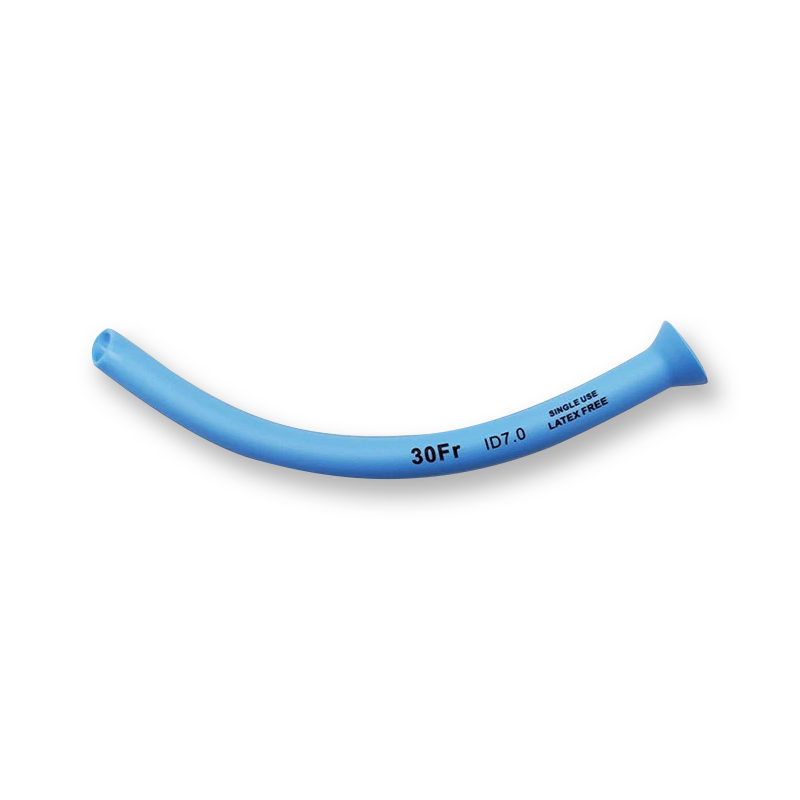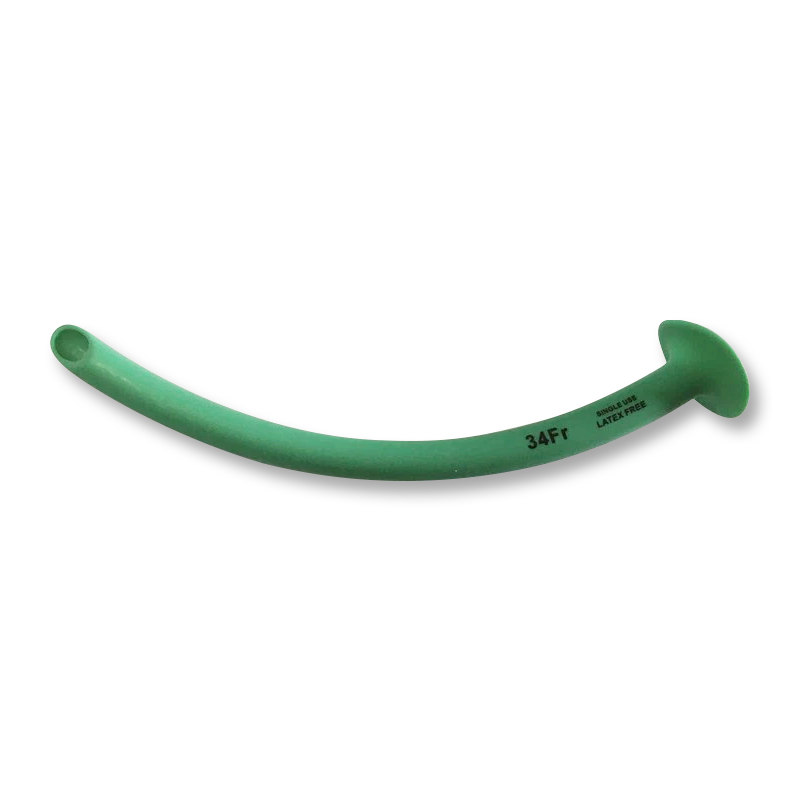TEl: +86-13148388090
Fax:+86-571-88616515
A Quick Guide to Nasopharyngeal Airways (Recommended)
Author: admin / 2025-01-17Airway management can save patients' lives in critical moments. In many cases, keeping the airway open is essential to prevent oxygen deprivation or even death. Among the tools used, nasopharyngeal airways (NPAs) are simple and effective. They help bypass breathing obstructions and ensure a clear passage for airflow.

What Is Airway Management?
A nasopharyngeal airway is a hollow, flexible tube made from plastic or rubber. Whether a patient has trouble breathing naturally or requires respiratory support, NPAs are designed to bypass the tongue and keep the airway open. When gently inserted through the nostril, the tube extends to the back of the throat, creating a clear path for air.
The soft, flexible material minimizes discomfort during insertion or removal. Common tools for airway management include oropharyngeal airways, nasopharyngeal airways, and endotracheal tubes. Medical staff select the right tool based on the patient's condition and needs.
The Role of Nasopharyngeal Airways in Airway Management
Nasopharyngeal airways (NPAs) are soft, curved tubes that maintain an open upper airway by bypassing nasal obstructions. They are particularly useful in the following situations:
Natural Breathing Issues
For semi-conscious patients with spontaneous breathing, NPAs prevent the tongue from blocking the airway.
Emergency Care
In rescue scenarios, NPAs are ideal for quickly restoring a clear airway.
Medical Procedures
They provide a stable channel for suctioning or other procedures, reducing the need for repeated intubation.
Why Choose NPAs?
Gentler insertion: NPAs are often better tolerated than oropharyngeal airways, especially in patients with clenched jaws or mouth injuries.
Versatility: NPAs work in hospitals, ambulances, battlefield settings, and remote areas.
Practical Solutions of Nasopharyngeal Airways

1. Prevent airway obstruction
By maintaining a clear passage from the nose to the pharynx, NPAs reduce the risk of airway blockages caused by tissue collapse or foreign objects.
2. Ease breathing effort
For patients with restricted breathing, NPAs lower airway resistance and make breathing easier.
3. Support medical procedures
NPAs provide a stable route for suctioning or delivering medication, which is critical in emergencies.
4. Reduce complications
Compared to endotracheal tubes, NPAs are less invasive and carry a lower risk of throat injury or infection.
5. Compatible with other devices
NPAs can work seamlessly with suction devices, oxygen delivery systems, and more, making them highly adaptable for various situations.
How to Choose the Right Nasopharyngeal Airway
Nasopharyngeal airways come in a variety of materials, with softer options typically made from PVC or silicone. For patients who are sensitive to foreign objects, a soft and smooth nasopharyngeal airway tube is a great choice. Apart from the material, size is also a key consideration, usually measured by the outer diameter and length. Adults can select the size based on the size of their nostrils, while for children, it’s important to avoid tubes that are too long or too wide to prevent nasal injuries. For more efficient use, it is also recommended to choose transparent nasopharyngeal airway tubes, which make it easier to check for blockages caused by secretions.
Step-by-Step Guide to Inserting a Nasopharyngeal Airway

Although inserting an NPA is relatively simple, proper technique ensures comfort and reduces complications. Follow these general steps, but always prioritize any specific instructions from a healthcare provider:
1. Place the patient in a supine position with their head slightly tilted back.
2. Inspect both nostrils and choose the clearer side.
3. Apply a water-based lubricant to the NPA to reduce friction.
4. Gently insert the NPA into the nostril, following the natural curve of the nasal passage. Continue until the flange rests against the nostril.
5. Ensure the NPA is secure and check if the patient’s breathing has improved.
Pro Tips:
Avoid excessive force during insertion.
Regularly check for blockages and clean as needed.
Trusted Airway Management Solutions
When choosing airway management tools, quality, reliability, and safety matter most. Whether in emergencies, intensive care, or routine procedures, Bever Medical’s nasopharyngeal airways deliver trusted performance.
Our NPAs are made from medical-grade materials, and available in various sizes for all ages and genders. They feature a smooth finish and ergonomic design for maximum comfort and minimal irritation.
Interested? Visit our website to explore our products and find professional user guides. Bever Medical is here to support your airway management needs!


